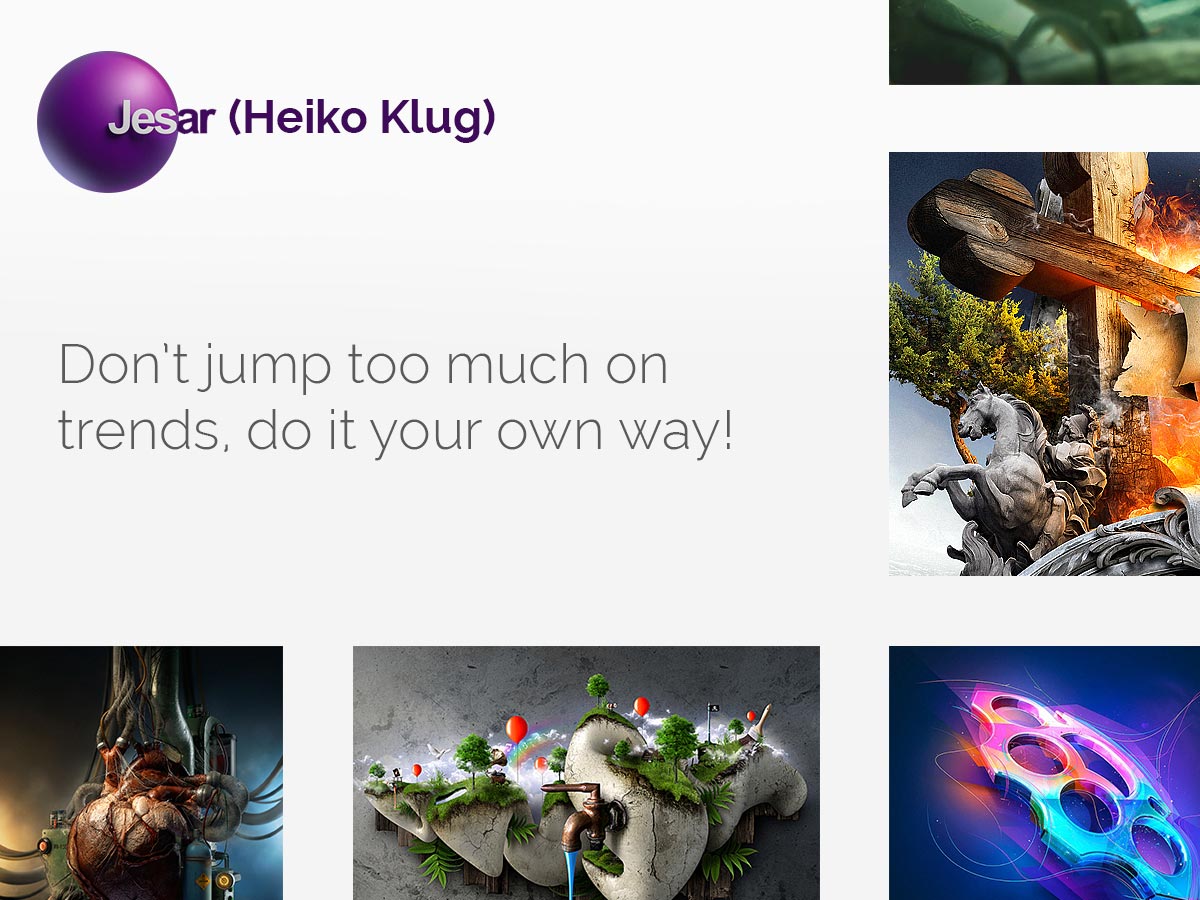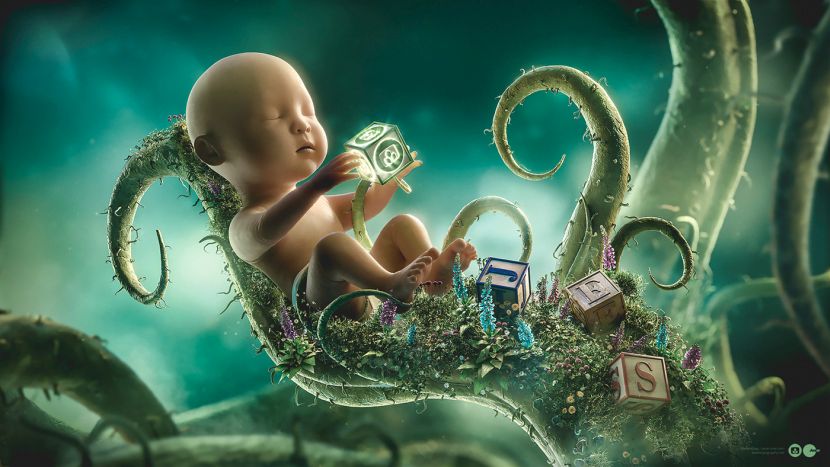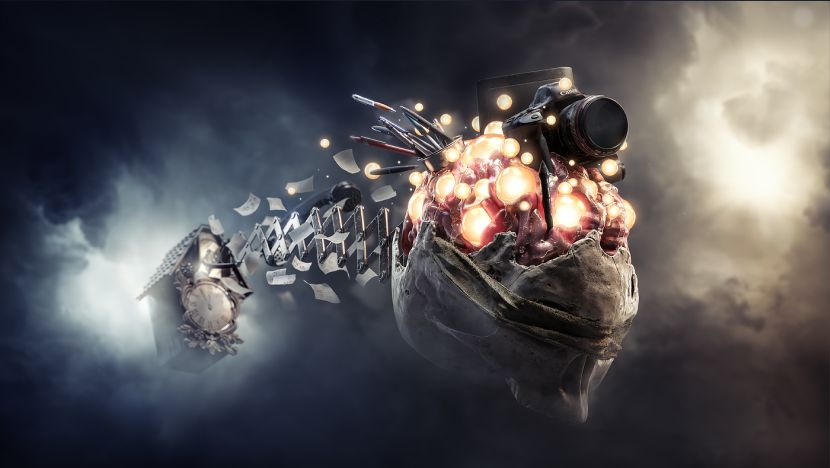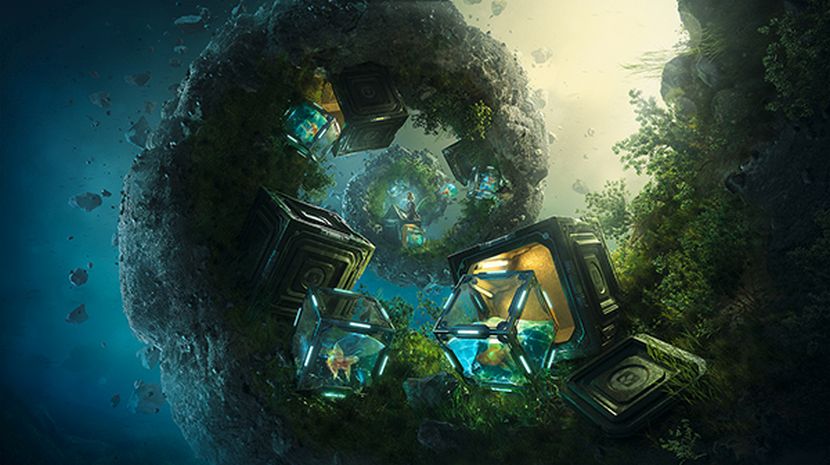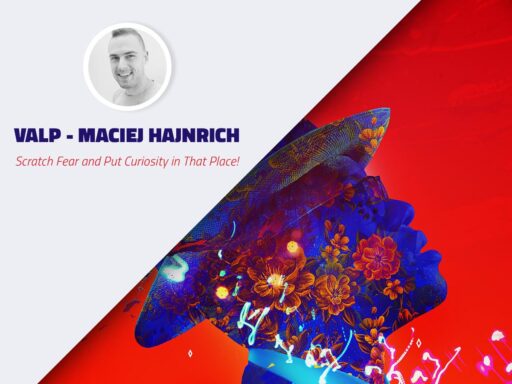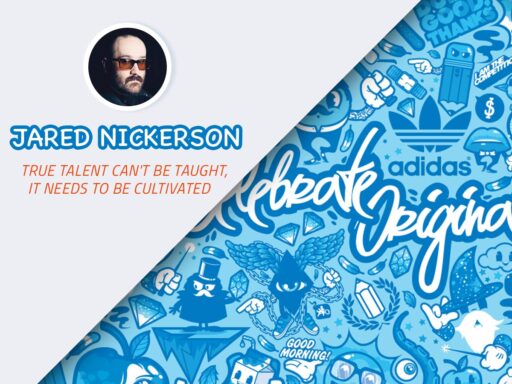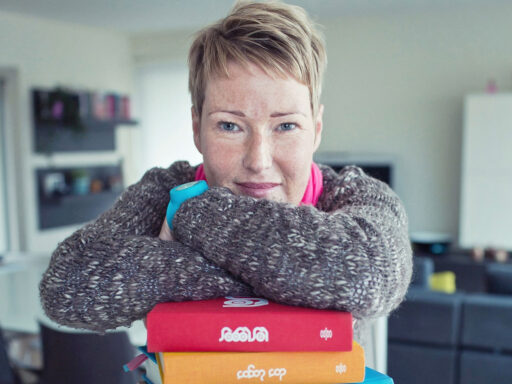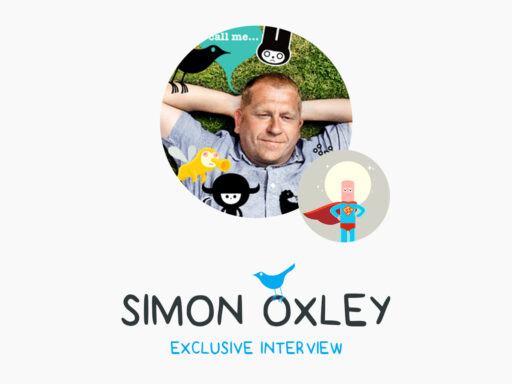Heiko Klug, also known as Jesar, is an extremely bright “photo manipulator” and designer residing from Germany. Heiko has got an experience in graffiti and abstract paper drawings that spill over into some of his current art. Today Heiko Klug is a fulltime freelancer focused on digital art, 3d, retouching and photomanipulation. In this interview he speaks on his background, software he uses for his work, modern trends and competition, his best clients and projects, and much more.
Let’s have a chat with Heiko.
1. Will you please say a few words about yourself and share some passions that got you into design?
My Name is Heiko Klug, I was born 1982 in Germany. My first contact with art was back in the 90s with graffiti and abstract paper drawings. Somewhere between 2000-2004 I discovered the digital medium, Photoshop. I started to scan in my drawings and colorize, manipulate them in Photoshop. Later on some stock photos also were used to finalize my works. Later on I got my first contact with the 3D, which was used to build levels and maps for a game called unreal tournament.
After a while I focused more on 3d and photomanipulation in an abstract manner. In the same time I also went on the educational way by working in a small agency which was specialized in print to learn all the production and theoretical things. Since 2014 I work as a fulltime freelancer with focus on digital art, 3d, retouching and photomanipulation.
2. Why Jesar? Who was the one to hammer this moniker out?
Kind a funny thing. Back in the days I was into graffiti I needed a name. Usually you pic letters you can draw best, or you’re looking for a challenge. For example the letter “J” is pretty difficult to draw, at least for me. It’s no special idea behind this name, no hidden message or something like that. I don’t like the name that much nowadays, but it’s so connected with my works and I think more people know me more under this name.
3. Will you say a few words about any of the most striking projects you are into while working as a designer? What are they?
One of them is def the Nvidia project I did with Ars Thanea almost a decade ago. I knew Peter Jaworosky from the beginning, we met on deviant art and he was later forming Ars Thanea and was looking for a 3d generalist. It’s one of the first big projects and big clients I got. Pretty hard work but it was a worthy and nice experience.
Another was a few years later for a client I can’t name but it was a packaging for grocery and it was kind of a strange feeling to see you work in stores.
4. What applications and software you use for your work today? Do you consider it is easier for modern designers to create their inspiring works with modern apps? And what was it like earlier?
I use 3ds Max and Photoshop for the most of my work. I think it’s harder these days. Today you got a huge bunch of tools to achieve a desired effect, which is awesome but you also have to learn those apps. Back in the days your stuck to a few tools because nothing more was really available.
Today you can make a human character in 3d with 10 third party application which of course looks way better than just using the basic tools but it’s also much more to learn and in some cases you need to learn them to keep up with the quality.
One of the best examples is FumeFX or Realflow which revolutionized the entire industry and both are super complex applications.
5. What are your favorite works you are really proud of? Please share a few of them.
I haven’t got many of them. I usually don’t like my stuff that much when I’m done with it.
I always see stuff I could improve or make it different and so on. But one of them
is definitely the deadline piece
and the desktopography 2014.
6. Where do you get inspiration?
Basically everywhere. Most of it I would say comes from movies and music but also traditional art. Sometimes just a feeling or a mood I try to visualize.
7. Are there any people helping you with your work? I mean have you got a team? What are their roles in your daily routine?
No, I work completely alone. Sure I got some friends which are also in this industry or hobby which are great for comments and critique. Most of the time I work for myself.
8. Will you please share your thoughts on how the current design trends will change within the next 2 years? What does the modern design trends lack in your opinion?
It’s hard to define the future of a trend and its development in my opinion. For me we now go back to the basics. For example in UI and web-design it’s more puristic than 10 years ago where everything was 3dish and got drop shadows and blink-blink everywhere. The actual trend is minimal compared to this, more broken down on its basic and I think this will continue, it’s simply more timeless.
If you look at old magazine layouts for the 60s and 70s it’s much more up to date with our layouts you find today. But I never focused that much on trends. The stuff I did personally was done out of my mind, what I wanted to do without focusing on any trends or stuff that is now on a hype.
9. Is there any advice you can give to current freelance designers?
It’s hard, with the internet everybody can learn the base of this business for free, which is great, don’t get me wrong. But in the beginning its hard to make money with it for living. There are much people out there doing this as a hobby and make some money in their free time with it, but you can compete with them when it comes to fee/prices.
Today there is always one who makes it cheaper, maybe less professional but cheaper. It’s not easy to build a client base that fill your fridge and pay the bills at the end of the month. Don’t work for “almost” free. I also could suggest to work in an agency, the people you met, the connections you will make will improve your quality and the way you get clients.
More than 70% of my clients today were referred to my work in agencies and people that I met there. Also the professional workflow you learn there when it comes to printing and so on. Don’t jump too much on trends there are already a bunch of people who did this and harder to compete with it than doing it your own way.
We’d like to say thanks to Heiko for giving us time and answering questions in such an ingenious manner. We hope most of you, our readers, will stay to read this interview to find out a lot of new things from the world of design and a way to be creative.
